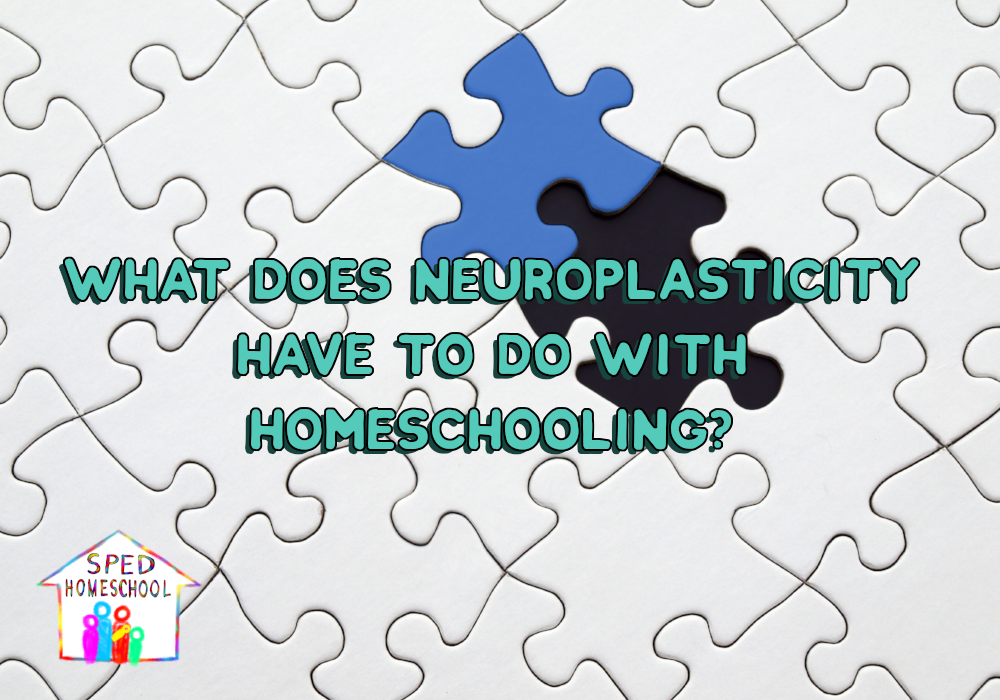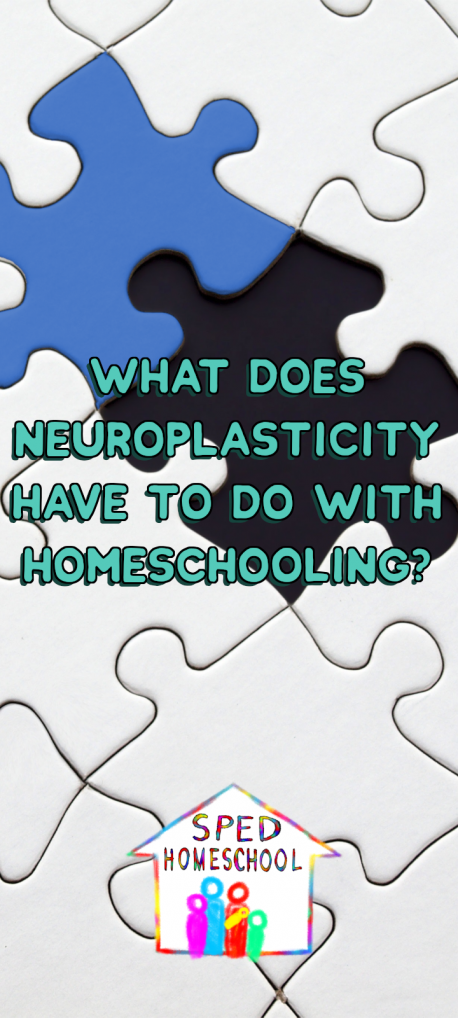
God has truly given us an amazing gift that we are just now beginning to fully appreciate and use to help individuals function better. Scientists once thought that the brain was hard-wired and actually stopped developing after the first 18-20 years of life. They thought that connections were put in place between the brain’s cells during early “critical windows” and then were fixed in place as we age. Because of this belief, scientists also thought that if a particular area of the adult brain was damaged, the brain cells could not form new connections or regenerate, and the functions controlled by that area of the brain would be permanently lost.
The Amazing Brain
Neuro Developmentalists have demonstrated for over 60 years, and our recent imaging technology has proven the earlier scientists’ assumption of an unchangeable brain to be false. The brain has the ability to change and grow (neuroplasticity) throughout life. This is especially good news for our children with special or unique educational and functional needs.
We can all understand neuroplasticity in a practical way when we consider the recovery from a stroke. A stroke damages part of the brain and then the function of the individual is diminished. If the stroke victim regains function, this is proof of the life-long gift of neuroplasticity. Neuroplasticity is, by definition, the brain’s ability to continue to reorganize itself by forming new neural connections throughout life.
Homeschooling Strategies for the Brain
What does this have to do with homeschool you might ask? It really has everything to do with your job as a homeschooling parent. You are actively using neuroplasticity every day with your children from birth and on through high school. You just may not have known the term for what you are doing before now.
When you stimulate an individual’s brain, you are building brain pathways. If those pathways are reinforced with enough frequency, intensity, and over a long enough period of time (duration), permanent function is achieved. We all want to be strategic with what we do, so let’s look at what actually constitutes effective stimulation.
Random Verses Specific Stimulation
There is a difference between specific and random stimulation. Random stimulation will not produce change quickly or efficiently. It produces change almost by accident. For example, in most kindergarten classrooms you will see a myriad of “random stimulation.” There are community helpers on this wall, number lines on that wall, on still another wall, you might find colors, shapes, and mixed in there somewhere is a calendar full of leaves for each day of the month inscribed with a number. Oh, and don’t forget the alphabet that is displayed with each letter being in the shape of an animal that starts with that sound. It is often hard to pick out the real letter from all the other “stuff” that surrounds it. This is all random information.
If you really want a child to know the letters by name and sound, show one letter on a single card in an easy to read font and tell the child what the letter and sound is. Better yet, teach all the letter names and then come back at a later time and just say the sound when you show the card. This is “specific” stimulation and will yield long-term retention of the information. If you teach these letters and sounds with the frequency, intensity, and duration principles, it will take you less time and will be more effective than asking for information to come out as often as most of us are inclined to do. Think about it, how many of us point to a letter or number and ask a small child to identify it instead of telling the child what it is? Me – guilty!
How to Get Specific in Your Teaching Strategy
Use these same frequency, intensity and duration principles to give input to the brain to teach anything you want a child to learn:
Frequency
Frequency means having enough opportunity and repetition in order for the stimulation to produce a change in the brain and become learned information. Often we are focused on “testing” without ever properly putting the information in, and yet if I asked you if you test your child every day, you would probably say, “no.” Think of it this way. If you are asking a child to fill in a blank, it is really a “test” of his ability to do that task. When you have done a good job of putting information into the brain, the “test” is easy.
Intensity
Intensity refers to the strength of the input of the stimulation. Is the stimulation at a level the individual is actively engaged with the information? Or has he/she “tuned out” through lack of intensity? In other words, you can drag an individual through an activity, but without a high level of involvement and interaction, lasting pathways will not be built and changes in the brain or learning will not occur.
Duration
Duration has a dual meaning. It refers to the time the stimulation is being given. Usually the shorter the duration the higher the intensity. Five or ten minutes of mathematics will have a far greater impact than coaxing a child through an hour of math that is done on his own. Duration also refers to staying with the stimulation for however long it takes to produce change. This could be days, weeks or months.
Learn more about how this principle of neuroplasticity through stimulating the brain with frequency, intensity, and duration applies to all learning in the podcast: Three Keys to Learning Anything found at this link or on our YouTube Channel – Brain Coach Tips.
Also, make sure to check out all the SPED Homeschool podcasts. Each week we interview a new guest on our show, covering a wide array of topics related to special education and homeschooling.

